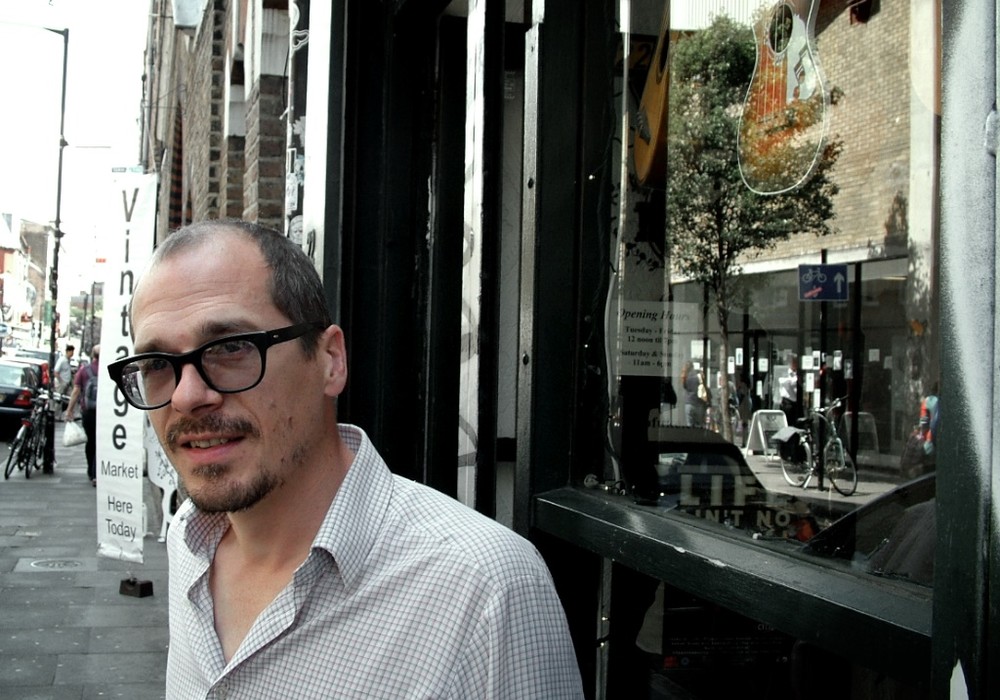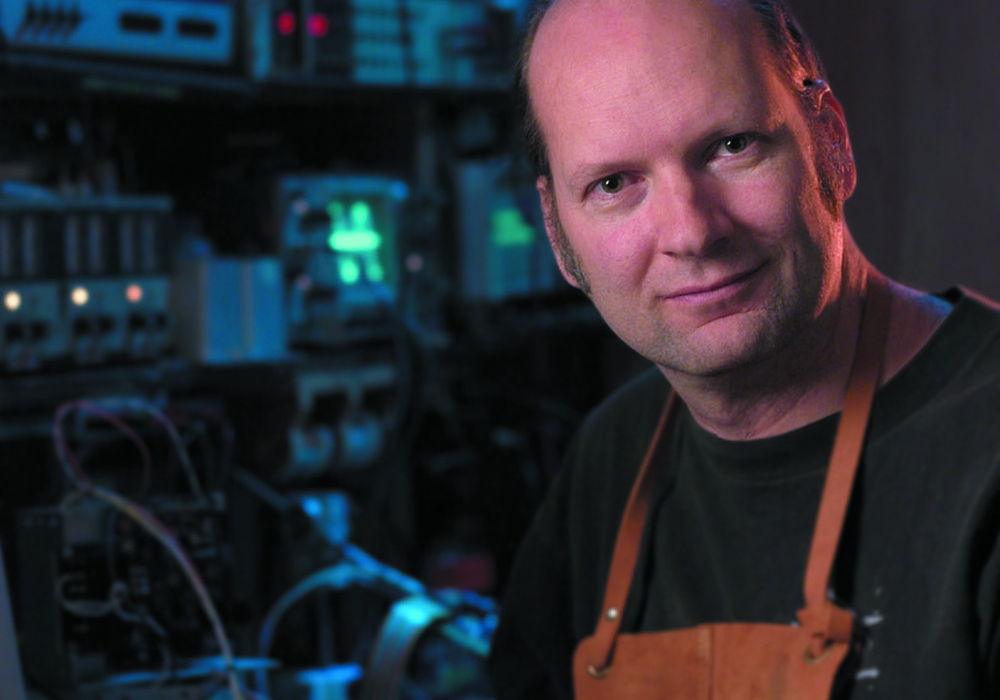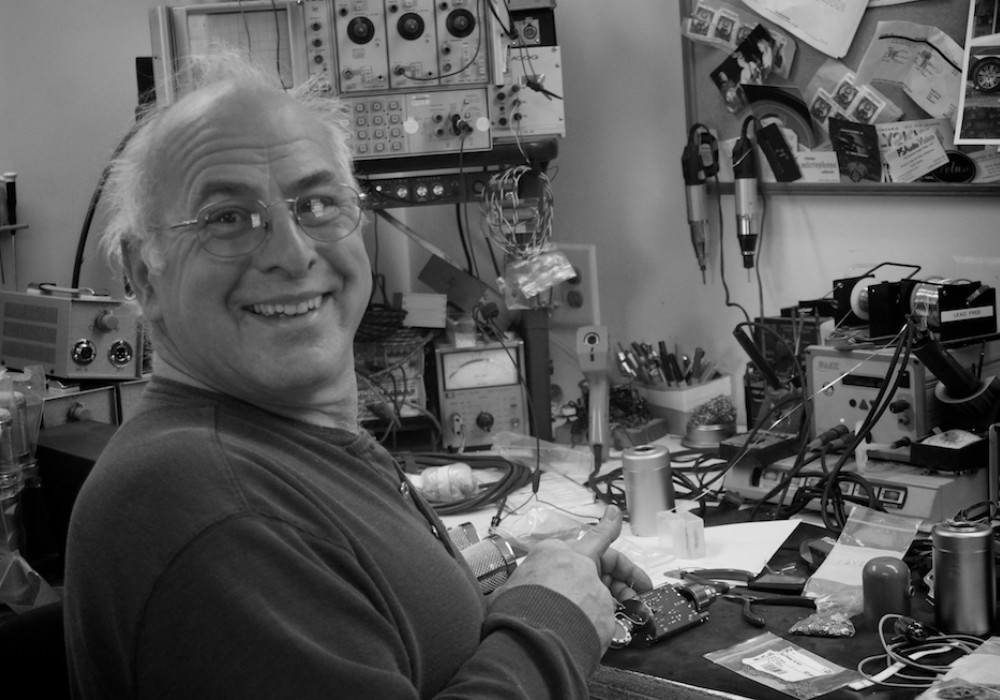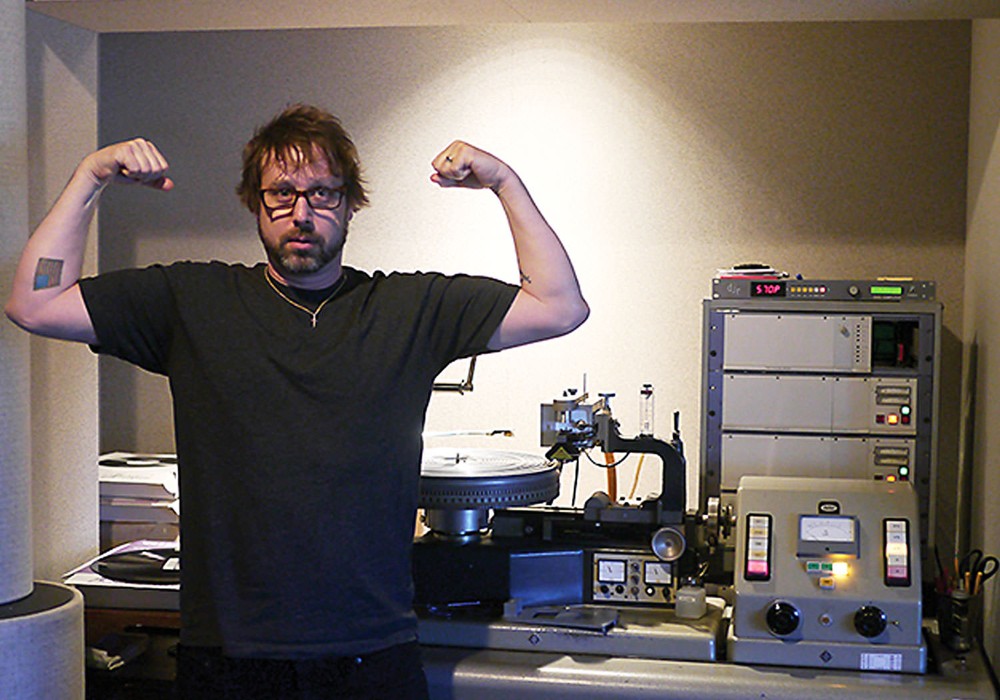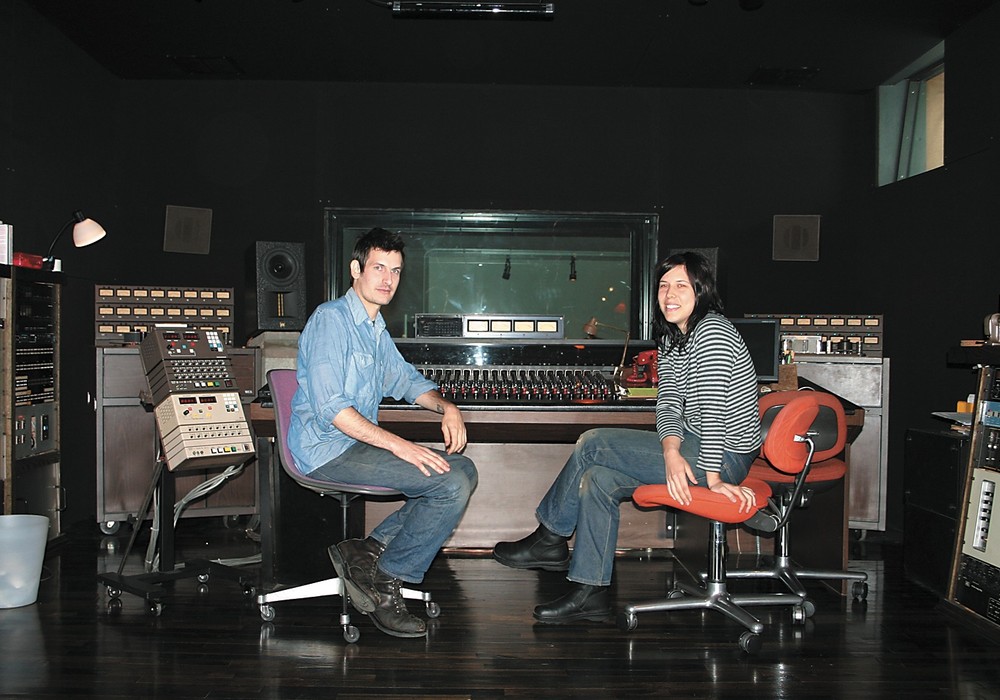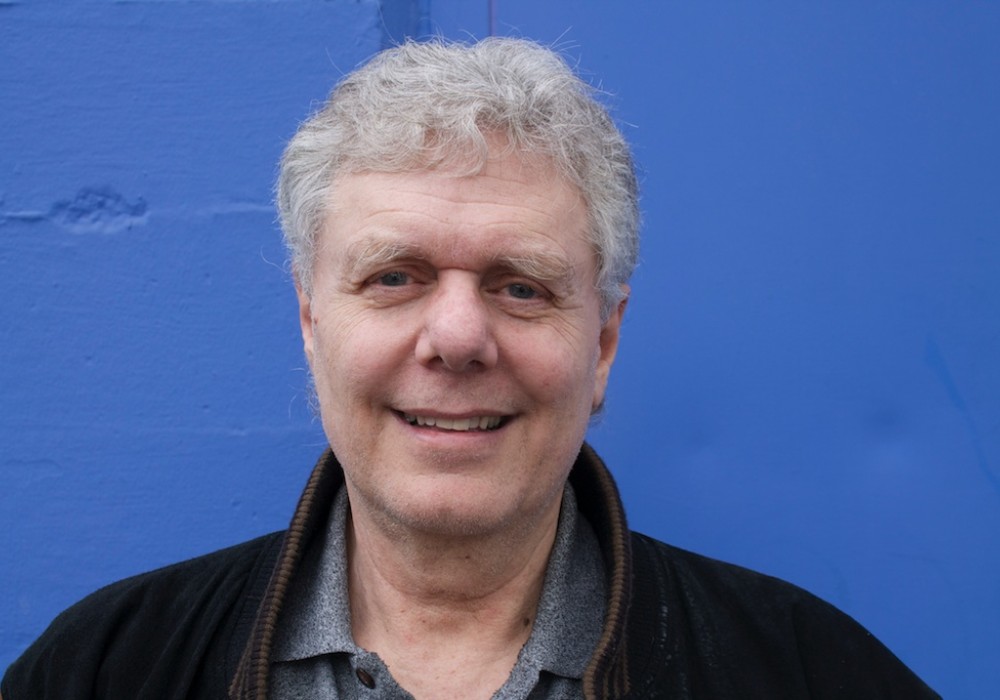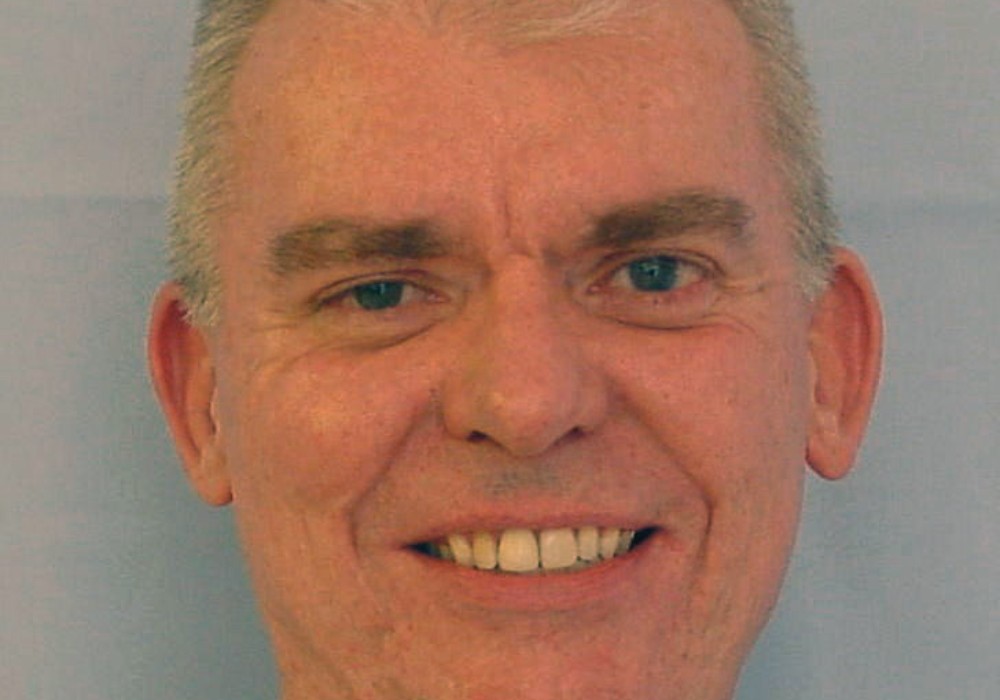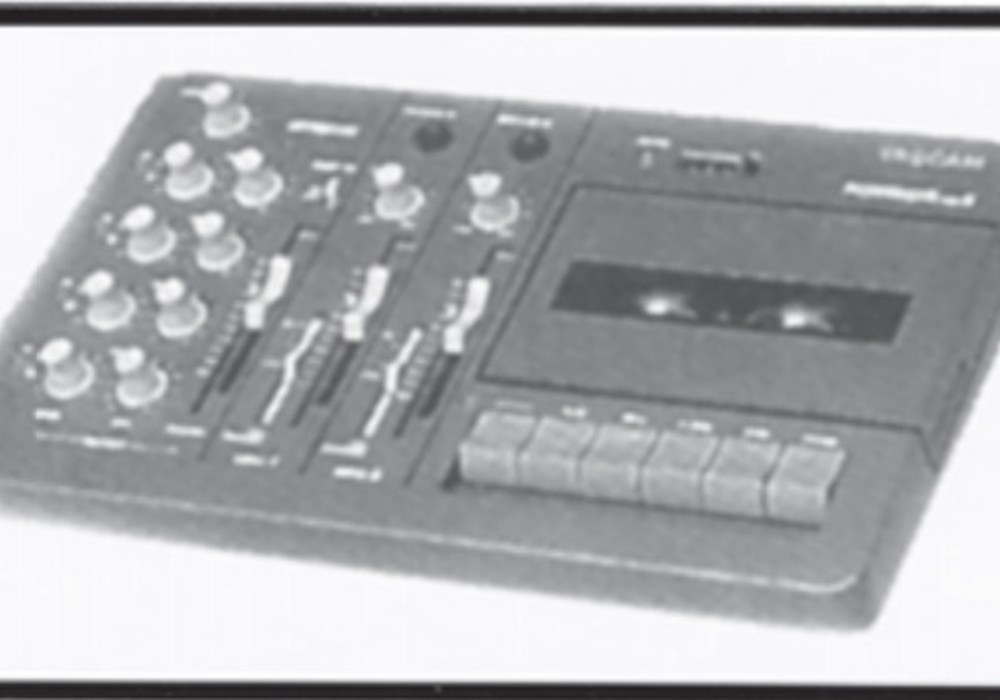One-time major label artist turned gear designer James Demeter talks about tubes, spring reverb and building gear for REO Speedwagon. Demeter Amplification was one of the first companies to re-embrace tubes for mic preamp and DI use in the early eighties, and has also been building quality guitar and bass amps, stomp boxes and excellent spring reverbs.
When did you start and why, and were you schooled or unschooled?
Unfortunately, I'm remarkably unschooled. I actually studied psychology in college, but I should point out that my father was a HAM and I was around this all the time. I had great fun in my childhood blowing stuff up, just because I was playing around with electronics. I had an aptitude toward it but I didn't think it was going to be my profession. I know it's weird how these things work, because I wanted to be a rock star.
Yeah, don't we all...
Well, I'm a has-been. I actually quasi-succeeded. I was in a band called The Heaters and we were on Capitol Records — they put out two albums. I was there for the first one. Actually, I did the second one, but that one wasn't released. The third one, which would be the second one the public saw — I had the brains to be out of the music business by then. We only racked up half a million dollars in debt and were going strong.
No way. Really?
Oh yeah. Well, you know back then the record companies had lots of money to burn on new bands, and they did.
And about what year is this?
I joined the band in 1974 and was out of there by 1980.
What did you play?
I was a guitar player and of course I was tampering with my amps. I built the PA system and before that I was service manager at Shelley's Stereos. I always wound up in electronics. It was my destiny.
Obviously.
I was building Heathkit amplifiers and Dynakits and piddling around with them even back then. I had a friend by the name of Paul Rivera in my Heater days and he didn't want to diddle with my amps himself, he'd just tell me what to do over the phone. So I was tweaking with my stuff even back then. During that period I built and ran a mobile recording studio. I was using a Tascam 8-track and my Tascam board. It was called Tiny Truck Recorders and we basically recorded stuff at the Whisky and places like that for bands that I was friends with, The Heaters or my brother's band. It was kind of fun.
So you basically started more from the amp side?
I actually started more on the hi-fi side. I modified my dad's old turntable, because it was mono and I wanted stereo back when I was probably thirteen years old. I got another cartridge for it, because he gave me his old mono stuff when he was done with it, and I tried to cobble together a stereo system using stuff I could find. So my original technical knowledge was much more on the hi-fi end than on the guitar amp end. That's why I was calling Paul Rivera, because I frankly didn't know too much about these things. Now I could probably build one blindfolded, but back then that was different.
In 1980 I needed to find a legitimate way to make a living and I had a friend named John Caruthers who had a repair business. He started using me part-time to rewire guitars and stuff like that. Then he took on guitar amps and I kind of figured out it was as good a time as any to learn. I had enough theory behind me so it wasn't that difficult to figure out what was going on. I started fixing guitar amplifiers and then that's when I discovered my cousin was working for Jensen Transformers. He started talking about some pro audio things and I started to come up with a few little designs on my own and he helped me through it. Like ICs — I didn't know much about them, I knew about tubes at the time, so he kind of spread out my education. He worked at Harrison Consoles and then Jensen Transformers. He was designing computerized audio analysis back then, which wasn't being done at the time. I started to learn more theory and more design principles...
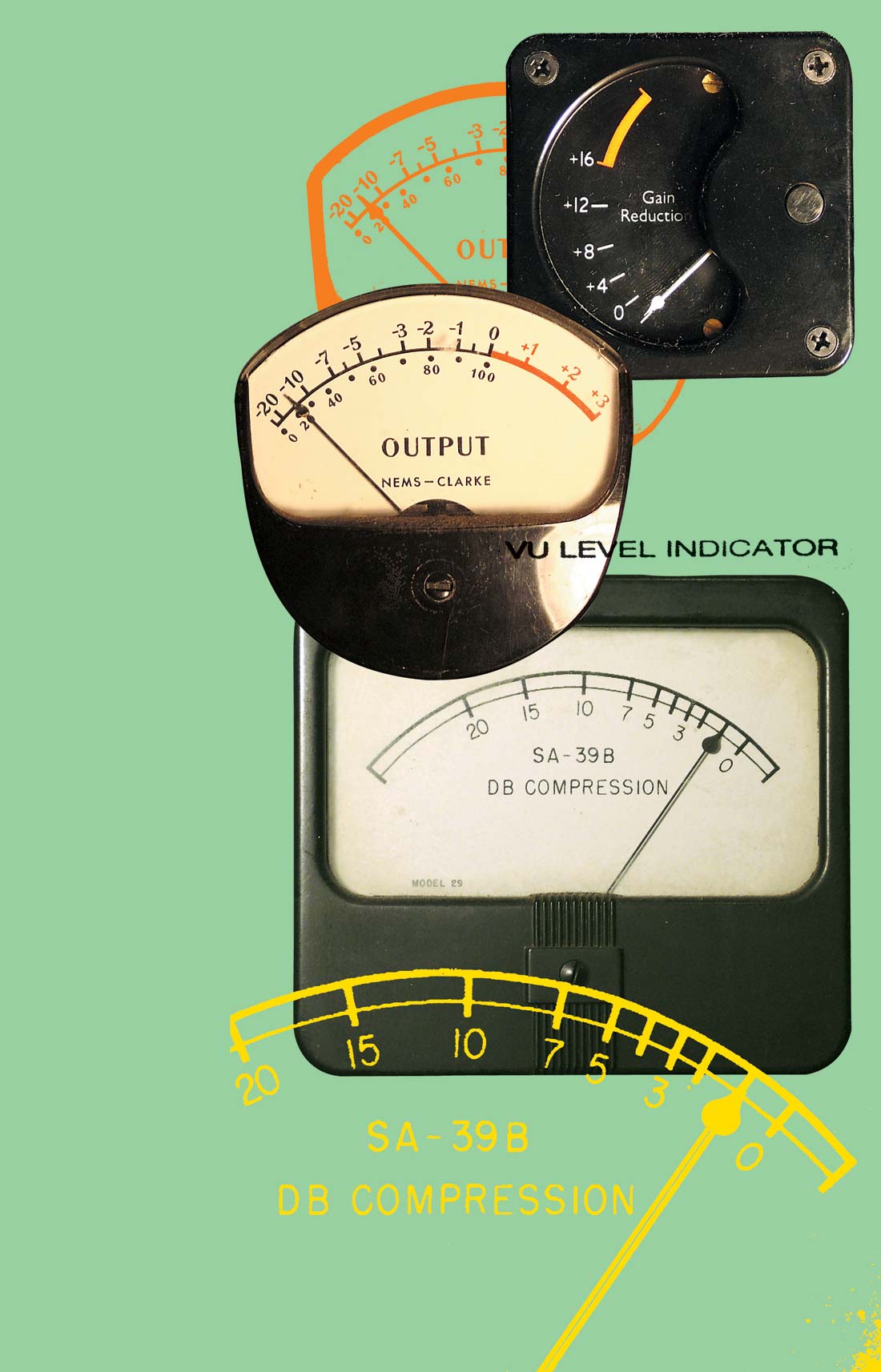



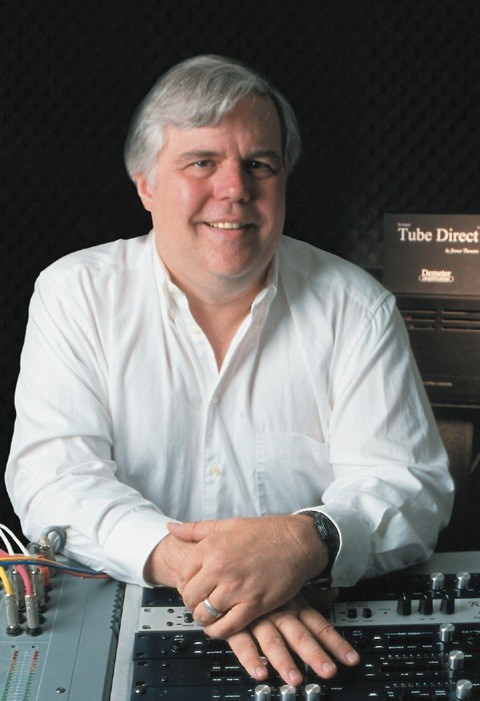


_disp_horizontal_bw.jpg)
